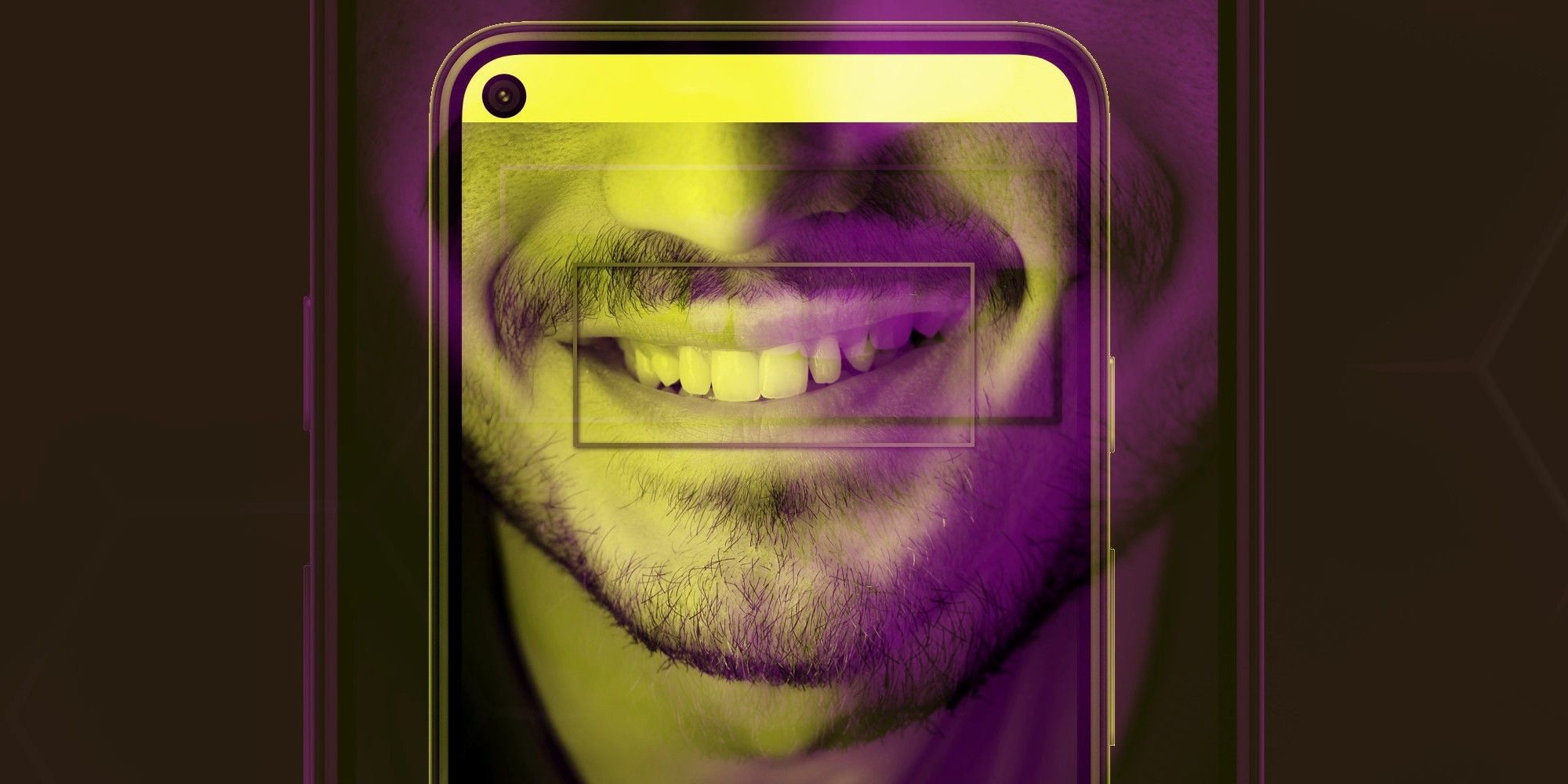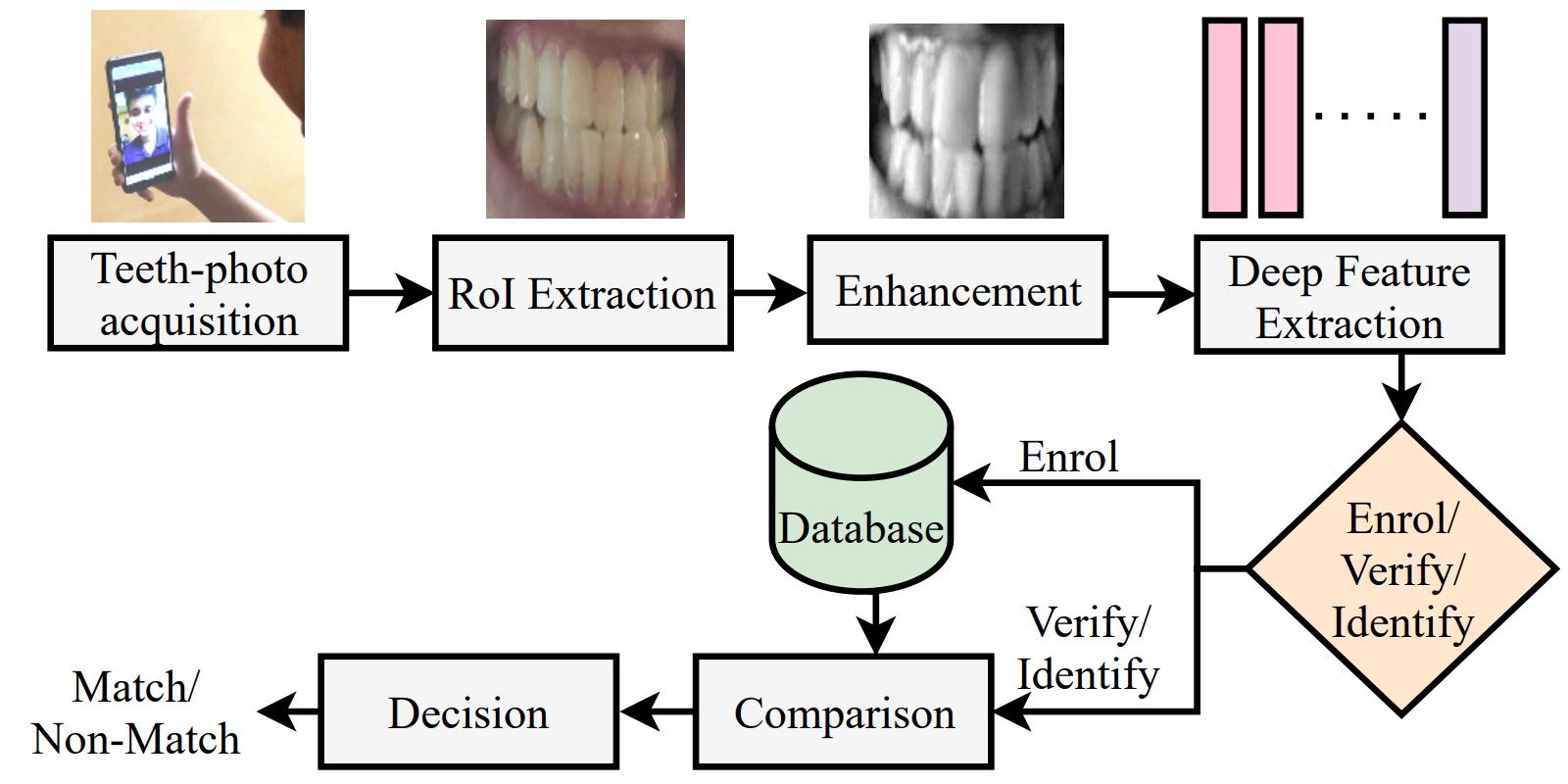Smartphones might soon gain another method of biometric authentication that involves scanning the teeth of users, and it appears to be a fairly reliable solution based on initial research. Fingerprint scanning is currently one of the most widely used biometric authentication measures on smartphones. Apple, on the other hand, has been using a sophisticated facial recognition system called Face ID on iPhones for some time. Huawei has also experimented with a similar facial recognition system on some of its phones in the past.
A less secure, but widely used alternative, is face unlock which relies solely on the selfie camera to recognize the user’s face. Interestingly, LG tried a new authentication method called Hand ID with its LG G8 flagship a couple of years ago. This one relied on a sensor array that collected hemoglobin movement data to create a unique vein map for identification. The idea was promising, but it ultimately failed to gain any traction from brands other than LG, which eventually had its phone business shuttered earlier this year. Google used to offer an “Unlock With Voice Match” feature that relied on matching voice data for unlocking phones, but it was soon ditched as well.
Now, researchers from India’s Birla Institute of Technology and Science Pilani have proposed using teeth match as a method of authentication on smartphones. The technique, which is dubbed as "DeepTeeth" in the research paper, involves capturing an image of the user’s pearly whites, processing it into machine-readable form, and then passing it through a deep learning model for identification against an original database. During the test phase, the DeepTeeth system achieved a Correct Recognition Rate (CRR) of 100-percent and an Equal Error Rate of zero-percent. The aforementioned results were obtained when the Region of Interest (RoI) in a teeth image sample was set at 75 x 75 pixels for analysis using the authentication model.
Teeth-Scanning More Secure Than Face Unlock?
The researchers at BITS started by creating a cross-platform Android application for collecting data, which happens to be a rectangular shot of a user’s teeth captured by the phone’s front camera. The image is then cropped to obtain a Region of Interest (RoI) using a technique called bi-cubic interpolation. Later, the image is turned into a grayscale picture and enhanced by applying a method known as Contrast Limited Adaptive Histogram Equalization to boost its clarity and reduce noise. The enhanced image is then turned into tiny segments that are further processed to make them suitable for extracting visual markers and matching. The DeepTeeth data is then passed through what researchers refer to as Deep Feature Extraction and compared against a database that serves as a template.
This template is actually the original teeth image that was stored by the authentication system during the initial setup process. Researchers note that DeepTeeth has a “very high recognition and identification accuracy” and have made the database publicly accessible as well. The goal is to boost the development of a more advanced deep learning-based model that can make the process of teeth-based biometric authentication quicker and even more secure. The system is already touted to be time and energy-efficient, and what it needs right now is uptake by manufacturers for mass deployment. From the findings, DeepTeeth appears to be a more secure alternative to generic camera-based face unlock without requiring any dedicated hardware or extra resources, to begin with. Moreover, a teeth-scanning system with some AI smarts might also boost the accessibility of using Android smartphones.
Source: BITS/arXiv


